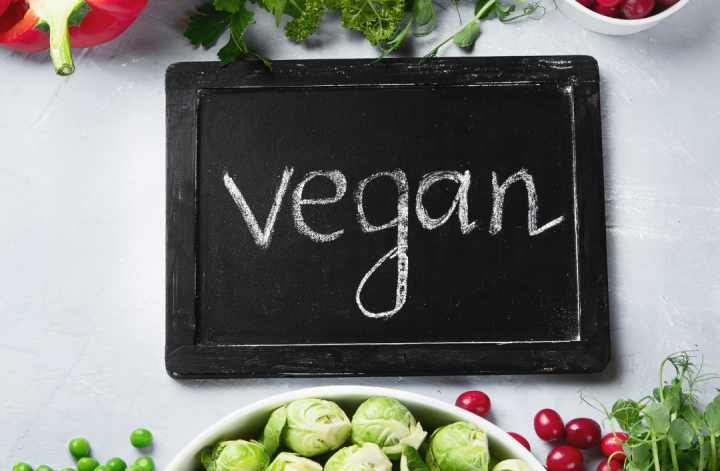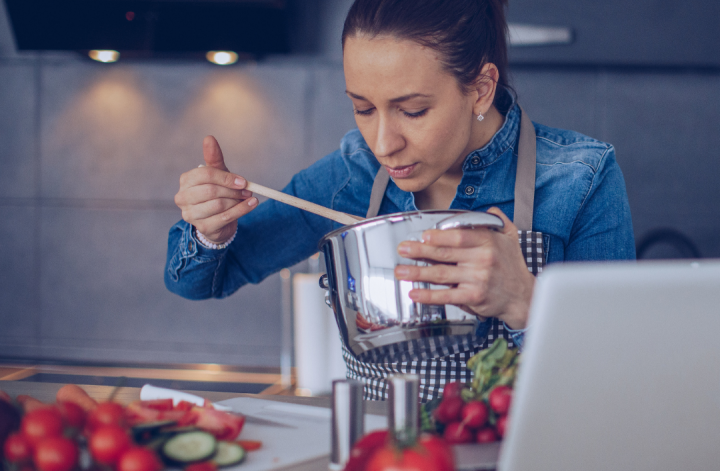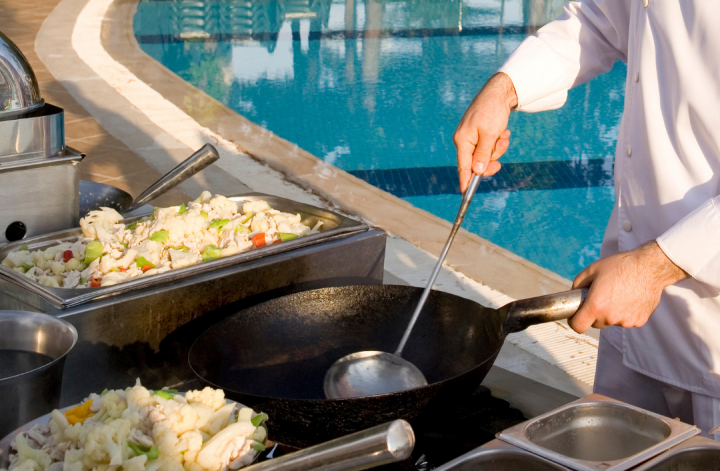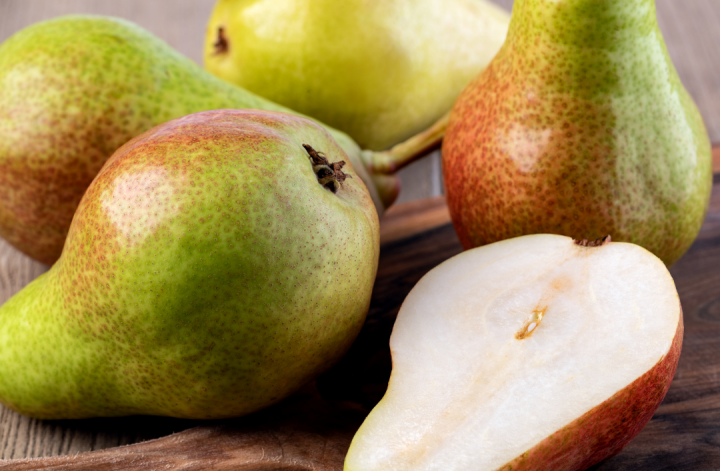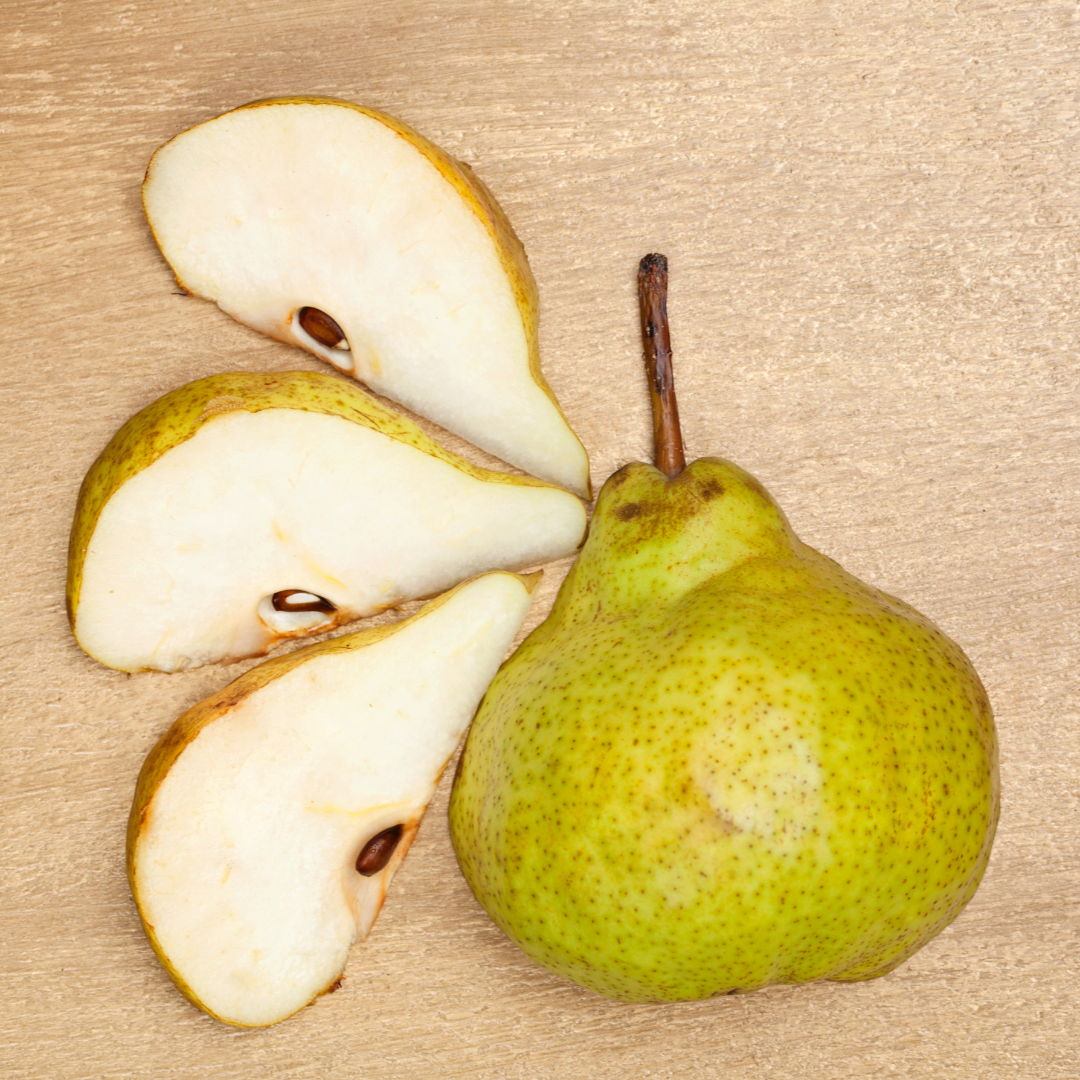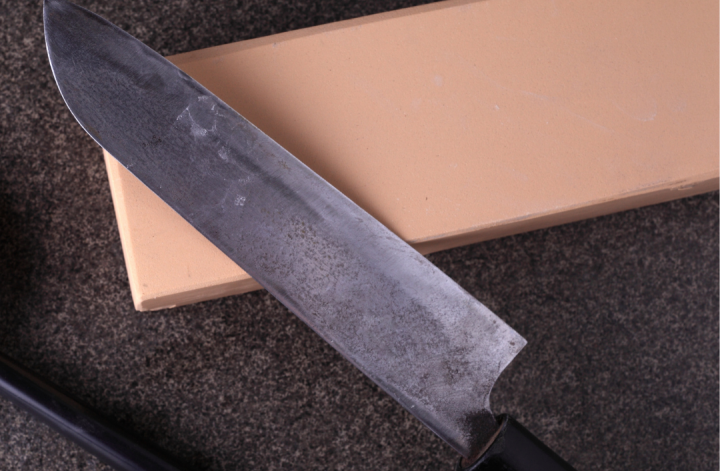Over the years, people have finally discovered how to crack open champagne bottles. And by discovered, I mean, after years of trying, I finally stumbled upon a fancy way to open champagne bottles. Instead of breaking the entire bottle like in the old days, there’s now a special technique for popping a bottle of champagne. That special technique is using a champagne bottle opener.
Champagne tastes great and can be enjoyed on any occasion. But, how do you open a bottle of champagne? Much like any bottle of wine, the process should be pretty simple if you’ve opened the bottle before. However, if you haven’t opened a bottle of champagne before, you can benefit from following these simple instructions to open a bottle of champagne:
Make Sure the Bottle Is Chilled
What do you need to do to open a bottle of champagne? First, make sure you have a little patience. Champagne must be served when it’s slightly colder than 55 degrees. That’s the temperature at which the champagne starts to foam and create bubbles. Some champagnes are bottled at 57 degrees, but they won’t be served at that temperature. One way to avoid this problem is to open up the bottle immediately before serving, so the bottle isn’t left uncorked but still cool enough to maintain the proper carbonation.
Use A Wine Key to Cut Off the Foil Below the Large Lip of The Bottle
Wine bottles come in sizes ranging from 750 milliliters (1.6 fluid ounces) to 2 liters (5.4 fluid ounces). Therefore, using wine keys that are designed to remove the foil that covers a bottle’s bottleneck is advisable. The foil seals the edges of the cork and keeps the cork in place, so the wine will not leak through the bottle. Additionally, removing the foil makes it easier to access the contents of the bottle, and makes it easier to pour the wine.
Use A Napkin or Towel.
When it’s time to pop the cork of the champagne bottle, it’s customary to use a towel or napkin to twist off the cork gently. A Champagne bottle’s cork is a glorified corkscrew, but it’s pretty useless if you lack a way to extricate the cork. The wet towel tip is a classic trick that, if executed properly, will expel a stubborn cork. Also, the towel trick only works well on bottles whose corks have a tight grip on the cork.
Untwist The Cage Anticlockwise, Keeping the cork from Popping Out Early by putting Pressure upon it.
Opening a bottle of champagne should be special. It should never be rushed or stressful, as it is meant to be celebrated and savored. So, open the bottle with style. Unscrew the cap on the champagne bottle. Pull the cage to the left. Twist the cage counterclockwise, putting pressure on the cork to keep it from popping out prematurely.
When you’re ready to pop the champagne, release the cage and twist it clockwise. The cork should pop, and you’ll be able to pour.
Twist the bottle—not the cork.
Most people are surprised to learn that champagne is usually corked and that ‘twist-twist-twisting’ the bottle does not pop the cork. Instead, you need to twist the cork out of the neck of the bottle. Hat end is a champagne twist that, when pulled, releases the pressurized champagne from the bottle. Champagne twists are more than just a gimmick—a few drops of pressure from the champagne can help you pop the cork and lift the bottle to your lips to release a burst of bubbles.
Remove the corks
Removing the cork from a champagne bottle is an interesting process. The cork is soaked, then pushed down into a slit in the neck of the bottle. This creates a small hole in the cork. Removing corks from champagne can seem a little intimidating, but it’s really not too hard. A bottle with two corks is called a Magnum, while bottles with three are called a Demi-Magnum. A bottle with four corks is called a Quadruple. That said, once you’ve removed the cork, your wine will be ready for drinking. (This step can be skipped if you have access to an at-home wine dispenser.) Pour your wine into glasses and sip away!


